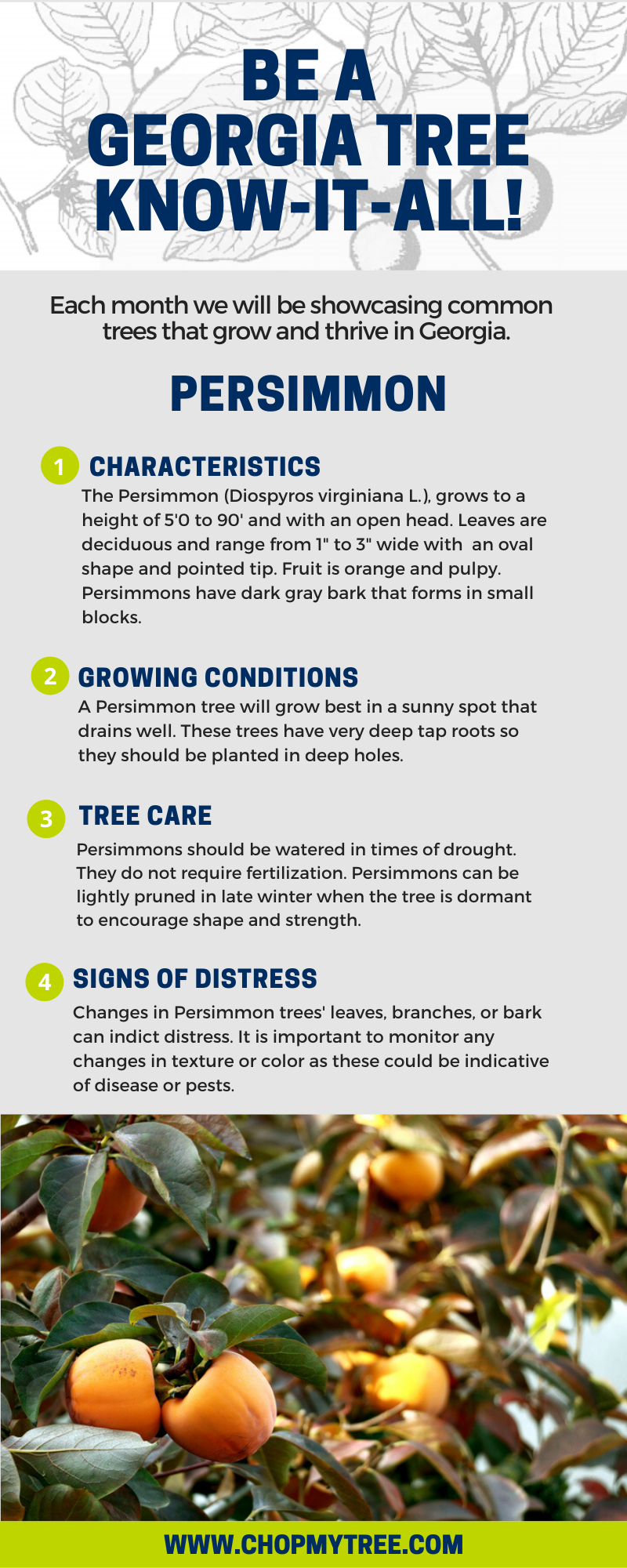Rake It Off: Why You Need to Rake Regularly
When autumn is upon us, that means it’s time for beautiful leaves to fall and decorate the ground. The bright yellows, reds, and oranges are fun to look at, but they are less fun to rake up if they’re littering your yard.
You may be tempted to stop and think through whether or not you need to actually rake up the leaves. The leaves are so pretty to look at, so how much harm could it possibly do to leave the leaves where they fall?
As it turns out, plenty of damage. Keep reading below to learn from the experts at Premier Tree Solutions about why you need to rake regularly during the fall.
Fallen Leaves Can Harm Your Grass
Not taking care of fallen leaves can and will harm your yard. Though they may be pretty, leaving leaves long enough on your yard without scooping them up will create a layer of decomposing leaves over your grass.
This layer will be thick and heavy, causing your grass to be unable to breathe and grow properly. The leaves will block the necessary nutrients that keep your grass alive during the winter. In addition, they will prevent new grass from growing during the springtime. They can even encourage pests and diseases to run amuck.
Of course, raking your leaves overall makes your grass and yard look nice and tidy. This is a requirement for some neighbors and organizations, depending on where you live.
Best Raking Techniques
If you’re wondering what the best way to rake leaves off of your yard is, here are some tips to consider:
- Use the best technology you can! Whether it be a leaf blower or a nice rake, grab what you like the best and clean up your yard with it. You don’t want to make the process harder by using something that doesn’t work well enough, like an old rusted rake you forgot about in your garage.
- Done raking? Make sure to use a tarp so you can officially get all of those leaves out of there. Otherwise, they’ll just sit in piles in your yard.
- Don’t worry so much about getting rid of every single leaf. That can be near impossible during the height of the fall season. A few leaves won’t cause damage, unlike a whole layer leaves.
- It’s a good idea to plan two mows during this season. One at the start of the season, when the leaves are just beginning to fall. Second at the end of the fall season, when you’ve finished a majority of your raking. This will get rid of any leaves that are hanging out without making you go through the painstaking process of raking them all up. Plus, the mulch they create will help to fertilize your yard.
- Make sure to rake when the leaves aren’t wet. Raking up wet leaves is both harder to rake and also harder to transport away.
- Raking on a windy day isn’t the best idea either unless you want to watch your hard work blow away.
- Wear closed-toed shoes, long-sleeved shirts, jeans, gloves, and a mask if you are allergic to leaves when raking. These items will protect you from any possible injuries.
If you have any more questions about caring for your yard, feel free to reach out to the experts at Premier Tree either by clicking here or calling us at 404.252.6448.








